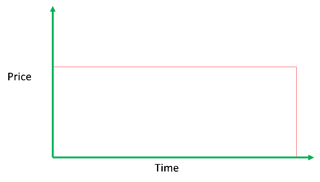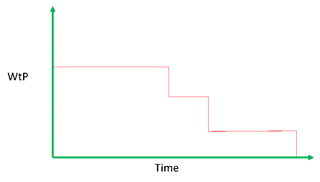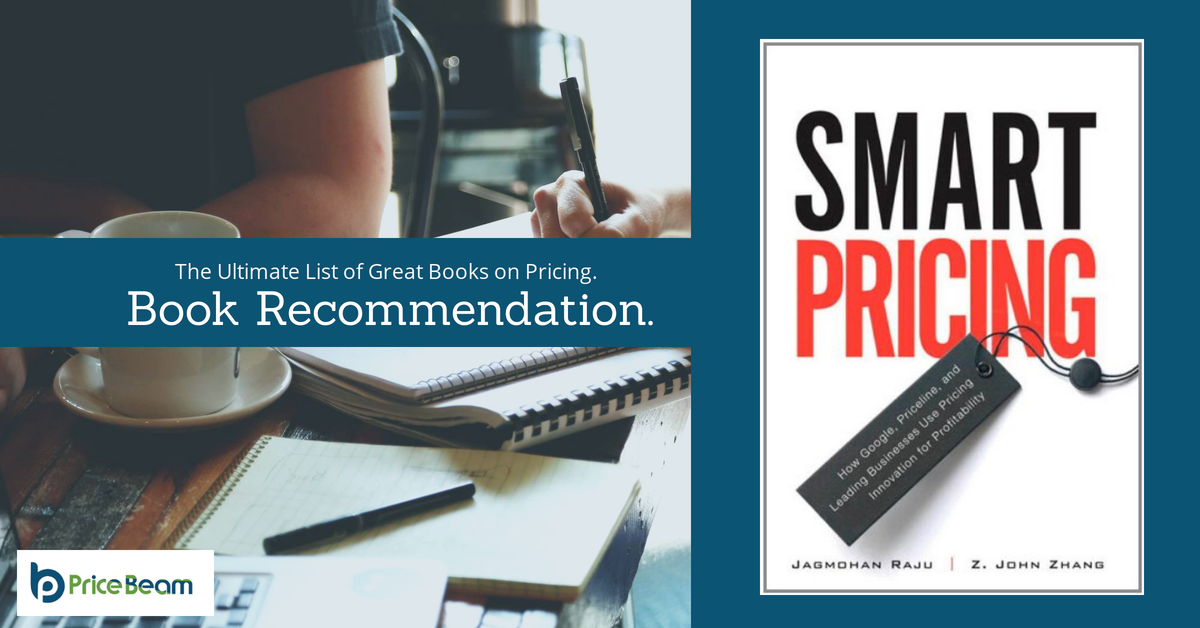7 Factors to Include in Your Dynamic Pricing Model When Pricing Perishable Goods
 PriceBeam
·
3 minute read
PriceBeam
·
3 minute read

Perishable goods exist in many forms and situations. There is of course food products that have an expiry date after which they should not be sold. But also event or sports tickets, airline tickets and many other types of businesses. They all have in common that after a certain date the product or service cannot be sold any longer.
If the product is being sold at a fixed price, the pricing looks like this:

The price remains constant over time until the good no longer is sold, at which point the price goes to zero. Pricing-wise, this is most of the time sub-optimal as willingness-to-pay will change over time as the deadline comes closer. Willingness-to-pay actually demonstrates two core behaviours:
- Willingness-to-pay increases: this typically happens when the product in question is scarce or of limited number, and scarcity increases as we get nearer the deadline
- Willingness-to-pay decreases: this typically happens if there are alternatives to the buyers or if the product in question must be used/consumed in a certain time-frame, e.g. if a supermarket marks down foods just before the expiry: consumers don’t want to pay the same for fresh milk as for something that expires tomorrow.
Having a flat price until the very end does not capture all the potential there is to capture from the variation of WtP: if WtP goes up then we could have charged a higher price. If WtP goes down, we miss sales because the price exceeds the willingness-to-pay, at least for some customers.
Dynamic pricing where the price is adjusted over time, based on an underlying model, takes this into consideration and generally delivers superior profits, as pricing is adjusted according to willingness-to-pay. In a simplified form, it could simply go down in steps, like this:

It doesn’t mean that all customers or even all product categories exhibit the exact same behaviour. Some premium products may have a flatter curve, or the supplier is more reluctant to “discount” (the reduction in price can be perceived this way) luxury items. Similarly, cheaper products may exhibit a steeper curve.
If you are building a dynamic pricing model for perishable goods/services, here are some factors to consider:
- Overall WtP dynamics, by customer segment and by product type: is the curve upward sloping or downward sloping? For what products and what customers? This can either be approximated if you already have historical data, or if you run a PriceBeam research study you can accurately pinpoint willingness-to-pay changes over time.
- Competition: are there competitive alternatives readily available? How are they priced? If we are talking about tickets to a football match of your favourite team, then there are very few alternatives. If on the other hand we talk about perishable foods sold at a lower price on the last day before expiry, then there are usually plenty of alternatives.
- Listed prices: What was the price at the beginning? It is common pricing psychology that humans look for bargains/discounts, so if the price was high to begin with, and now I get a discount, then I might be more inclined to buy.
- Time: How long until expiry, and how scarce is the product? If there is plenty of time in the mind of the buyer, then for goods with downward-sloping WtP curves he is higher up on the curve and thus willing to pay more. For upward-sloping WtP situations, plenty of time means the buyer is on the lower part of the curve and not yet willing to pay a premium.
- Profitability of sale: seller prices can also vary with what kind of profitability can be expected. If you are essentially selling capacity (e.g. seats, rooms) and you have plenty of capacity left, you may be inclined to lower the price to very low levels. If on the other hand there are certain costs associated with each sale, even if it is expiring and cannot be sold otherwise, this puts a minimum threshold for how low the seller can go.
- Seller success rate: sellers practicing dynamic pricing will over time adjust their model to how successful they have been when adjusting prices dynamically.
- Buyer pools - number of people willing to buy at certain prices, and with different reactions to offers: People are all different, and how one person reacts to scarcity or perceived loss of value from expiry is different too. This comes back to the first bullet point about that the WtP curve probably differs by segment and product category. If there for a given product is a large number of buyers, then all other things being equal, then there is less reason to discount. If on the other hand the buyer pool for certain products is small(er), then it may be that the price should be more drastically reduced. E.g. if it takes presence at a certain location at a certain time to gain the discount, it needs to be worth the buyer’s while to go there.
Plus, probably many more factors applicable to your business or industry…
Pricing perishable goods or services follow a number of patterns like the ones above, but of course dynamics are dependent on many factors that can be specific to your industry or business. Therefore, it makes good sense to evaluate your own market and dynamics, with a combination of industry insights and market research data from e.g. PriceBeam to get the dynamic model right. Dynamic pricing is extremely powerful when applied scientifically and accurately. Changing prices as willingness-to-pay varies means that you capture a higher share of the overall price.
.png?width=400&height=100&name=PBLogoTransparent%20(1).png)


.png)
